INDONESIA
Indonesia has over 90 million hectares of tropical forests, the third-largest area in the world after Brazil and the Democratic Republic of the Congo.
Indonesia’s peatlands store about 35 billion tons of carbon. When these peatlands are drained, burned and replace by plantations, it releases thousands of tons of carbon dioxide and sets the stage for devastating forest fires.
As recently as the 1960s, 82% percent of Indonesia was forested. Rainforest cover has steadily declined and now, just under half (49%) of the country’s original forest cover remains. Much of this remaining cover consists of logged-over and degraded forest.
Oil palm and wood fiber plantations (mainly for the pulp and paper industries), are the two largest contributors to forest loss in Indonesia. Between 2000 and 2015, nearly 1.6 million hectares and 1.5 million hectares of primary forests—an area larger than Switzerland — were converted to oil palm and wood fiber plantations respectively.
Indonesia is now the world’s third largest emitter of greenhouse gasses after the U.S. and China, with 85% of its emissions profile coming from rainforest and peatland degradation and loss.
An estimated 23% of Indonesia is made up of Indigenous and community lands, although only 0.5% of land is legally recognized as such.

